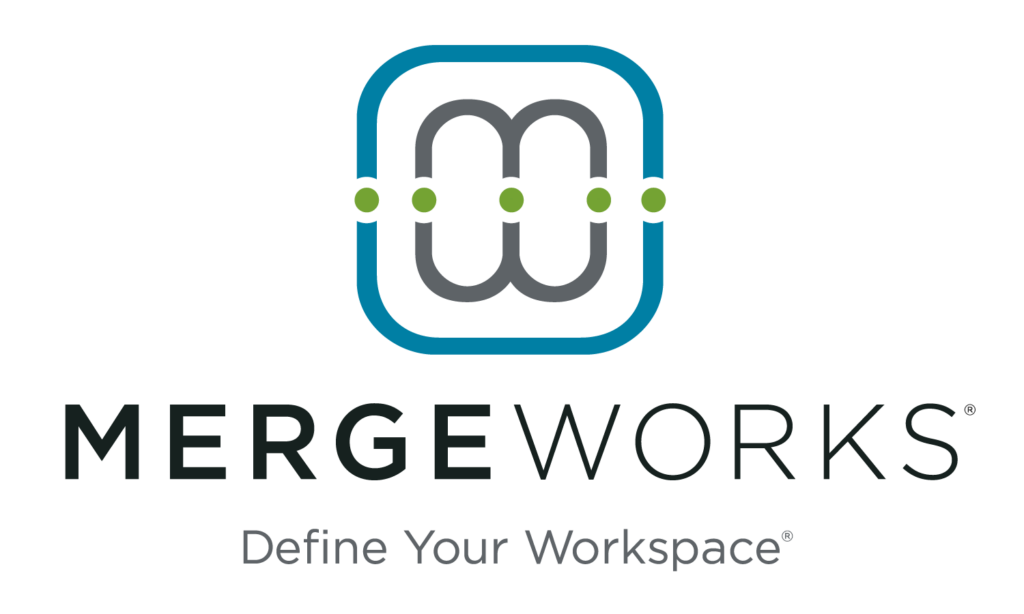The IRS recently updated the optional rules for real estate developers to determine when common improvement costs may be included in the cost of individual units held for sale. It’s known as the Alternative Cost Method (ACM), and it was modified with Revenue Procedure 2023-9, effective for taxable years beginning after December 31, 2022. The change is a more straightforward process for developers to include future common improvement costs in the tax basis of each sold unit or lot.
Common improvements in this context mean “any real property or improvements to real property that benefit two or more units that are separately held for sale by a developer.” Examples given by the IRS include streets, sidewalks, sewer lines, playgrounds, clubhouses, tennis courts, and swimming pools that the developer is “contractually obligated or required by law to make, as long as the costs are not properly recoverable through depreciation.”
It can take years for development projects to be completed, and often, those final touches—like that much-anticipated pickleball court and later-phase additions—aren’t built in the early stages. Without the alternative method, developers couldn’t use those planned-but-not-completed costs to offset gains as units and lots sold. Additionally, as noted above, those particular costs typically aren’t recoverable through depreciation.
The ACM was introduced in 1992 to provide a safe harbor to address these issues, but it involved a substantial administrative process, including filing an annual statement and requesting consent to use the method as each project arises. It also exposed the taxpayer to an extended statutory period of limitation for assessing tax deficiencies for those applicable tax years. It significantly complicated what was otherwise, in theory, a great tax-reducing opportunity.
The new revenue procedure requires that the method be applied consistently and reasonably to all qualifying projects instead of the need to file separately on a per-project basis, as was previously required. One exception to this rule is legacy (or in-progress) projects. Certain taxpayers are permitted to use a shortened Application for Change in Accounting Method form. If you’ve been using the previous 92-29 ACM revenue procedure already, you’ll still need to file a change of procedure form to “upgrade” to this newest method.
Developers that use a reasonable accrual method of accounting or completed contract method (CCM) can apply this new ACM to their qualifying projects. There are several cost limitations, however, and amounts exceeding the limitations may not be carried forward or applied to other projects. Costs incurred with respect to one qualifying project may not be included in the alternative cost limitation of a second qualifying project, either.
With many of the major complexities surrounding the ACM now gone and thousands of potential tax dollars that could be saved, it may be well worth your time to take a closer look. Feel free to contact us with questions.

























